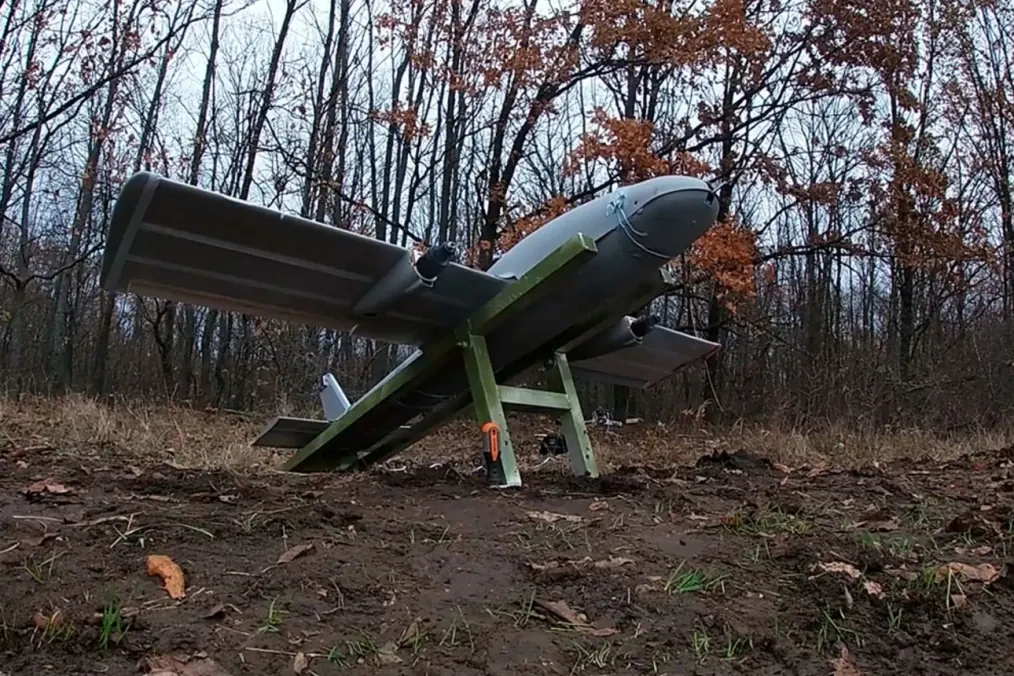- Category
- Latest news
Russia Repurposes Soviet-Era Disability Car Into Suicide Drone Launcher

Russian forces continue to adapt civilian vehicles for military use, including as launch platforms for loitering munitions. A recent video shared on pro-Russian telegram channels shows a heavily modified VAZ-1111 “Oka” repurposed to launch “Molniya”-type suicide drones.
According to Defense Express on June 9, the vehicle has been stripped of its doors and rear roof section. In their place, metal frames were welded to support the launch mechanism.
The video shows a drone being launched directly from the vehicle, with the crew operating it from inside — though the system can also be used remotely via a control unit.
Фронтовые "Кулибины". Пусковая установка российского дрона-камикадзе "Молния" на шасси автомобиля "Ока". pic.twitter.com/PR2OqWybyv
— ВВМУПП-суперклуб (@chilim67) June 6, 2025
The “Molniya” drone is a loitering munition used for tactical strikes and has been observed in various Russian battlefield deployments. Some versions incorporate FPV guidance systems to improve targeting accuracy. These low-cost drones are part of a broader Russian tactic of overwhelming Ukrainian defenses using swarms of improvised attack UAVs.
Russian troops have also used civilian vans, buses, and utility vehicles for EW systems and even assault operations — reflecting a growing reliance on improvised platforms amid equipment shortages.
The VAZ-1111 “Oka” was originally developed in the late 1980s in the Soviet Union as a compact, low-budget city car. It was intended to provide affordable transportation for a wide segment of the population, including people with disabilities and war veterans. In some regions, it was distributed through social assistance programs.

Despite its original purpose as a mobility car for disabled people and war veterans, the Oka quickly gained a reputation as one of the most unreliable vehicles of its time. With a tiny 0.65-liter engine, it was often mocked for having the power of a scooter.
Owners frequently complained about poor build quality, constant engine issues, weak brakes, and a cramped interior. The car was known to rattle over bumps, struggle in bad weather, and offer almost no protection in crashes — earning it a reputation as a “tin can on wheels.”
Earlier, Ukrainian forces developed a tactic to locate and eliminate Russian Molniya drone operators by using interceptor drones equipped with radio reconnaissance tools. The operators were targeted with FPV drones after their positions were detected, making each Molniya takedown effectively a strike on its crew.





-72b63a4e0c8c475ad81fe3eed3f63729.jpeg)

